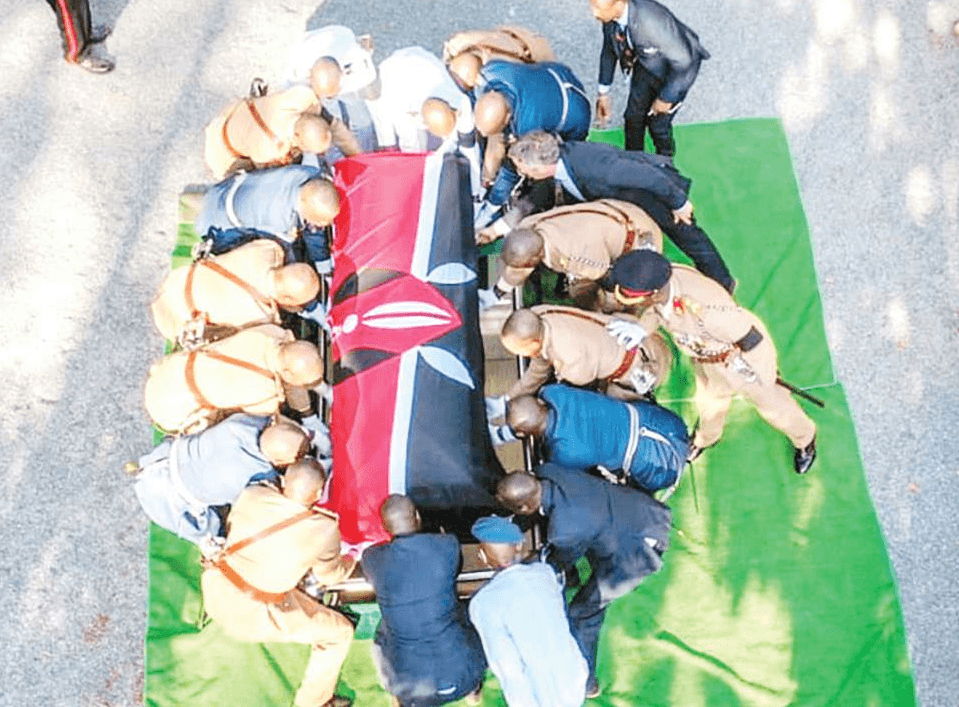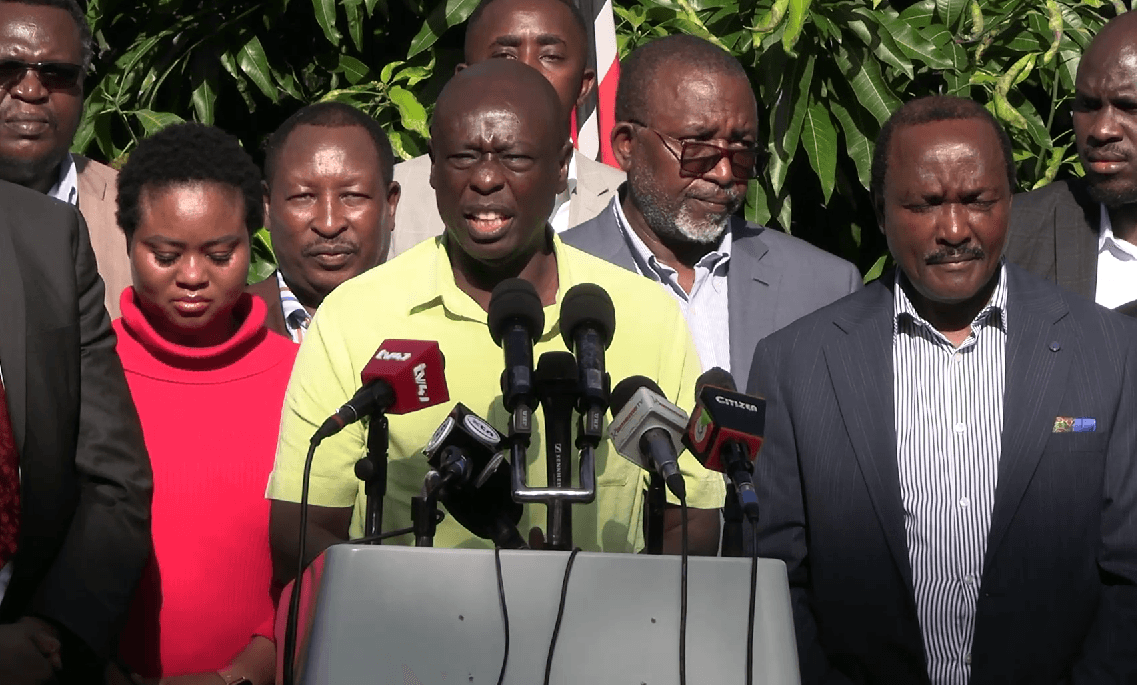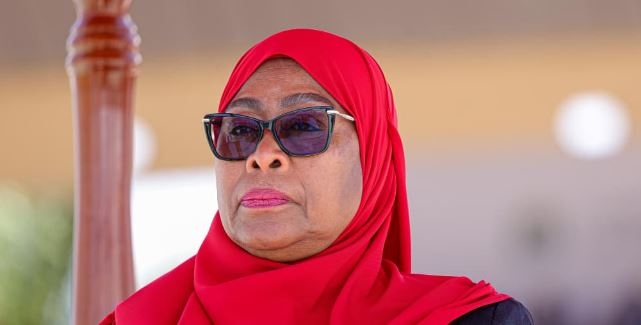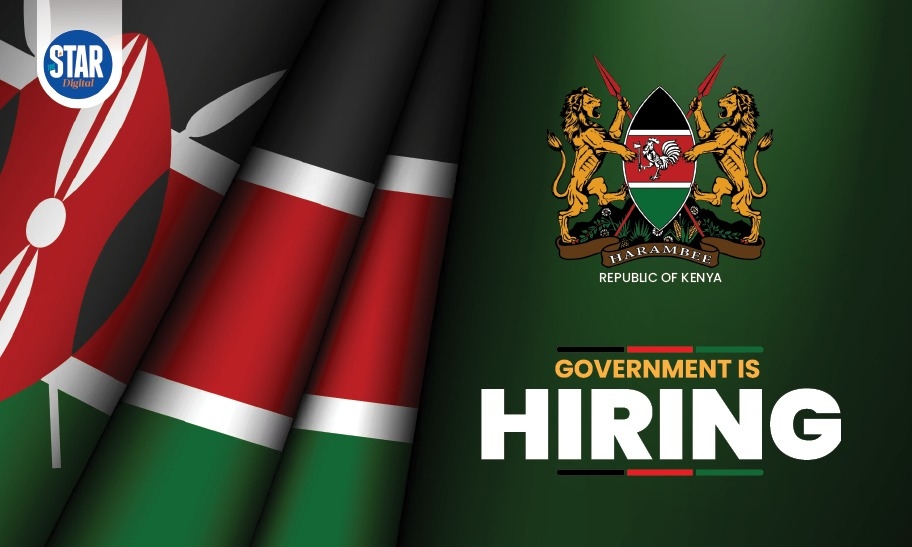 Dr Angela Migowa, an assistant professor, department of paediatrics and child health, Aga Khan University Medical College, East Africa, and also a consultant paediatric rheumatologist at Aga Khan University Hospital, Nairobi.
Dr Angela Migowa, an assistant professor, department of paediatrics and child health, Aga Khan University Medical College, East Africa, and also a consultant paediatric rheumatologist at Aga Khan University Hospital, Nairobi.
For 11-year-old Shirleen Micere, pain in her joints was more than just growing pains. It was the start of a challenging journey. Her mother, Prisca Kaguu, sought urgent medical care after Shirleen’s discomfort persisted.
Diagnosed with juvenile arthritis in 2024, Shirleen’s
story shines a light on the silent struggle many children face.
Juvenile arthritis, an often-misunderstood condition, is a
group of autoimmune diseases causing chronic joint inflammation in children
aged 0 to 18. It affects connective tissues such as bones, muscles, and
ligaments, leading to symptoms like pain, swelling, and stiffness in the
joints. While arthritis is commonly associated with the elderly, it can strike
the youngest, as seen in Shirleen's case.
Dr Anjella Migowa, a pediatric rheumatologist at Aga Khan
University Hospital who manages Shirleen’s care, explains that arthritis in
children is not a diagnosis but a symptom. A signal that the immune system is
incorrectly attacking the joints. "A child experiencing joint pain or
swelling should never be ignored," she urges, emphasising the need for
early medical evaluation.
Parents, caregivers, and teachers play a crucial role in
spotting juvenile arthritis. Symptoms vary but often include persistent joint
swelling that looks unusual or deformed, pain that may limit movements or daily
activities, and, in toddlers, altered ways of crawling or moving due to
discomfort. For example, Dr Migowa describes how some toddlers may crawl differently to avoid wrist pain, or older children may struggle with routine tasks such as carrying school bags or brushing their teeth.
Ignoring these signs risks permanent joint damage. Swelling
that lasts, unexplained pain, or deformity in fingers or other joints warrant
immediate medical attention. Early diagnosis can help manage symptoms and
prevent long-term disability.
The diagnosis of juvenile arthritis can feel overwhelming to
families, as it did for Prisca and Shirleen. However, Dr Migowa stresses that
with multidisciplinary care, many children can lead fulfilling, near-normal
lives. Treatment strategies focus on three main principles: pain relief,
preventing joint destruction, and restoring functionality.
Pain management typically involves medications and
supportive therapies to ensure children can engage fully in school and social
activities. To prevent joint damage, doctors use disease-modifying
anti-rheumatic drugs (DMARDs) such as methotrexate, which regulate the immune
system to stop it from attacking the joints.
Rehabilitation through physiotherapy and occupational
therapy helps children regain independence in daily tasks.
Support extends beyond physical care. Emotional and
psychological support is critical since chronic illness can lead to stress or
depression. Psychologists and counsellors often work alongside medical teams to
empower children and families throughout treatment.
Juvenile arthritis is a heterogeneous condition; children’s experiences
vary widely. Dr Migowa estimates that roughly 30% of children achieve complete
remission where medications can eventually stop, 30% have relapses if treatment
stops, and 30% face persistent symptoms despite all interventions. The ultimate
goal is remission—controlling the disease so children can thrive and
participate in normal activities.
Shirleen’s progress under Dr Migowa's care is hopeful.
While arthritis remains a chronic condition, Shirleen is supported to live
actively and attend school like any other child. With ongoing treatment and
supportive care, many children with juvenile arthritis can expect a quality of life.
Arthritis is a leading cause of disability globally, with an
estimated 6 million people affected, 78% of whom reside in Africa and Asia.
Paradoxically, these regions account for only about 0.2% of the specialised
rheumatology workforce worldwide. Pediatric rheumatologists are particularly
scarce; Africa has only 15 to 20 specialists, mostly concentrated in North
Africa. Kenya has just two pediatric rheumatologists, both in Nairobi.
In Kenya's population of about 52 million, an estimated
300,000 children may suffer from arthritis and related connective tissue
diseases. This stark disparity between burden and specialist care availability
compounds challenges, leaving many children undiagnosed or untreated, risking
lifelong disability or premature death.
The limited availability of pediatric rheumatology expertise
in Africa affects timely diagnosis and treatment. Dr Migowa highlights that
many children remain in pain due to a lack of access to specialists and
appropriate care. She emphasises the importance of training programs to
increase the number of skilled health professionals across the continent.
Research is also critical. There is limited data explaining
why the global South shows a higher prevalence of juvenile arthritis, though
factors like population size, infectious disease burden, and genetic diversity
are under consideration. Expanding research, supported by institutions like Aga
Khan University, is vital to closing knowledge gaps and improving policies for
children’s health.
While genetics and autoimmune factors play significant
roles, prevention through healthy living is encouraged. Dr Migowa advises
parents to ensure children get good nutrition, regular physical activity of
about 30 to 45 minutes several times a week, and adequate sunlight for vitamin
D. Proper sleep is also crucial, as it affects overall health and can
exacerbate arthritis symptoms.
Importantly, she urges parents and caregivers to seek prompt
medical help when children exhibit symptoms such as joint pain or swelling.
Early intervention can ease pain, stave off joint damage, and preserve
functionality.
Shirleen’s story is just one among many of children worldwide
facing juvenile arthritis. Stories from other young patients reveal the
emotional and physical toll, but also the resilience and strength that shine
through with proper care. Like Shirleen, who benefits from Dr Migowa’s care,
children need comprehensive support to navigate the challenges arthritis
brings.
Juvenile arthritis is a complex condition demanding
attention, resources, and compassionate care. As Shirleen and Dr Migowa’s
experience shows, early diagnosis, multidisciplinary treatment, and increased
specialist capacity are keys to transforming lives.
In Kenya and across Africa, expanding awareness and
healthcare services can help thousands of children overcome arthritis and look
forward to brighter, healthier tomorrows.









![[PHOTOS] How Suluhu’s swearing in went down](/_next/image?url=https%3A%2F%2Fcdn.radioafrica.digital%2Fimage%2F2025%2F11%2F9cbad8a5-9bff-410e-b157-a335c61d6d8d.jpg&w=3840&q=100)











